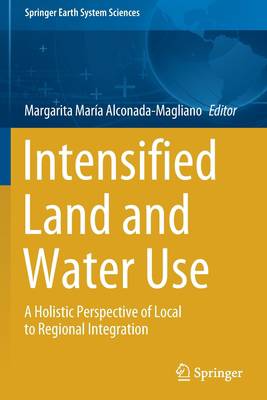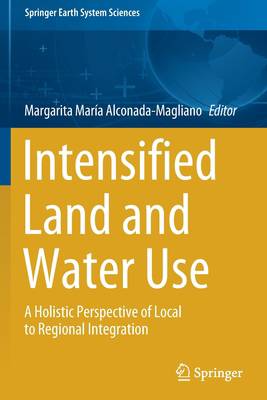
- Retrait gratuit dans votre magasin Club
- 7.000.000 titres dans notre catalogue
- Payer en toute sécurité
- Toujours un magasin près de chez vous
- Retrait gratuit dans votre magasin Club
- 7.000.0000 titres dans notre catalogue
- Payer en toute sécurité
- Toujours un magasin près de chez vous
Intensified Land and Water Use
A Holistic Perspective of Local to Regional Integration
Description
This book combines multidisciplinary studies on the environmental consequences of intensified use of land and water, and the fusion of land to provide food for a growing population. Studies on water, vegetation, and soil are addressed from an environmental management perspective with a special focus on the relation between natural elements and humans.
This book considers the essential dynamics of humans and the natural environment, which is especially important in areas with shallow water-table that influence directly on agricultural activities (crops, livestock, and forests), land management, flooding, droughts, waterlogging, salt-affected soils (saline and sodic) and variation in obtained water quality in wells where these processes as related to the local and regional geomorphology control.
The studies present hydrological processes towards the definition of an adequate use of soil and water with consequences of its management on the environment. Also, water studyprocedures are presented as well as their relation to other elements of the landscape. Methodologies such as the Tóthian flow system concept are recognized by different authors to provide the reader with solid interdisciplinary analyses of related environmental components such as soils, vegetation, surface water, geomorphology, geological framework and groundwater physical-chemical composition.Spécifications
Parties prenantes
- Editeur:
Contenu
- Nombre de pages :
- 275
- Langue:
- Anglais
- Collection :
Caractéristiques
- EAN:
- 9783030654450
- Date de parution :
- 29-03-22
- Format:
- Livre broché
- Format numérique:
- Trade paperback (VS)
- Dimensions :
- 156 mm x 234 mm
- Poids :
- 421 g

Les avis
Nous publions uniquement les avis qui respectent les conditions requises. Consultez nos conditions pour les avis.





